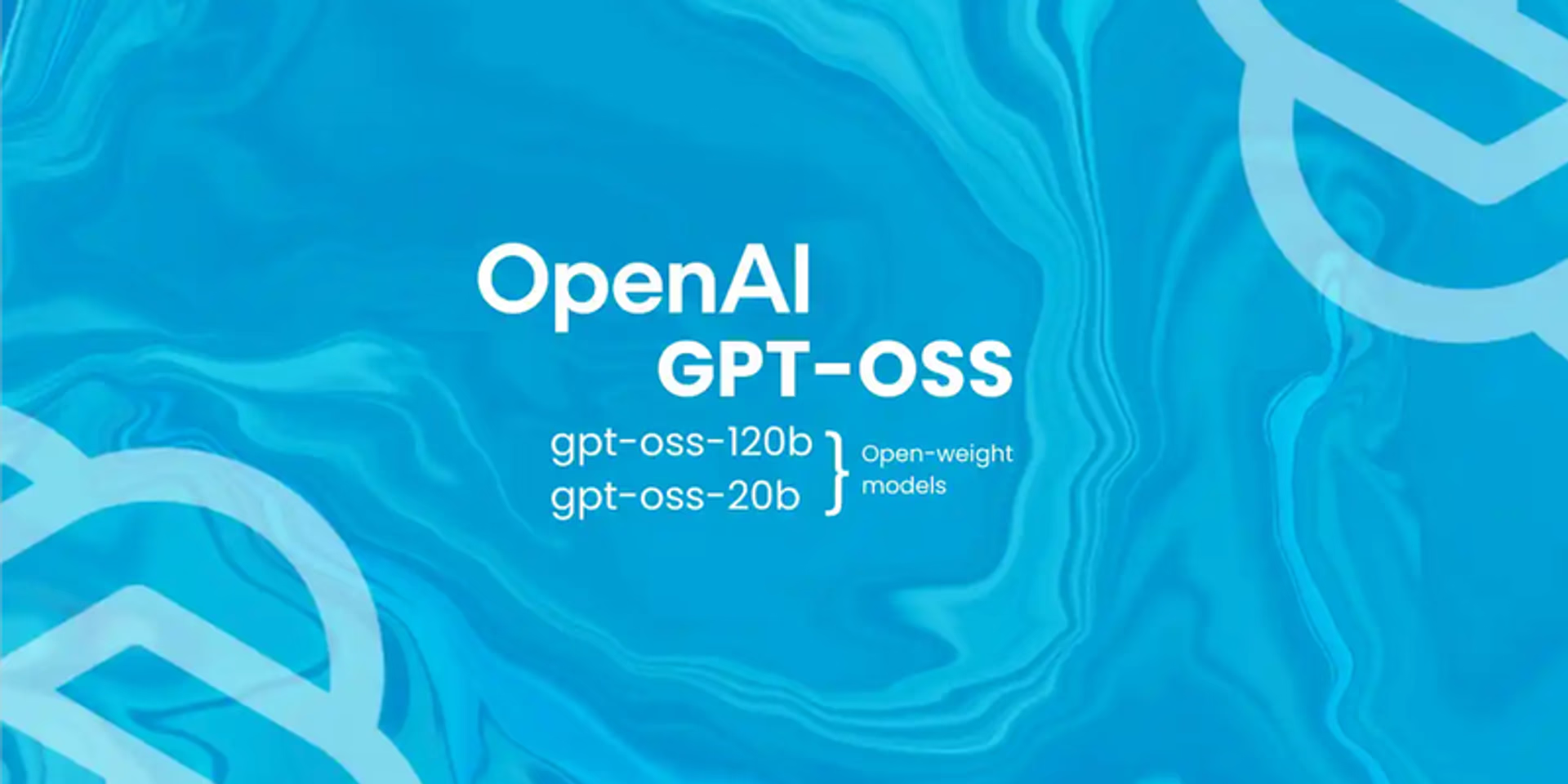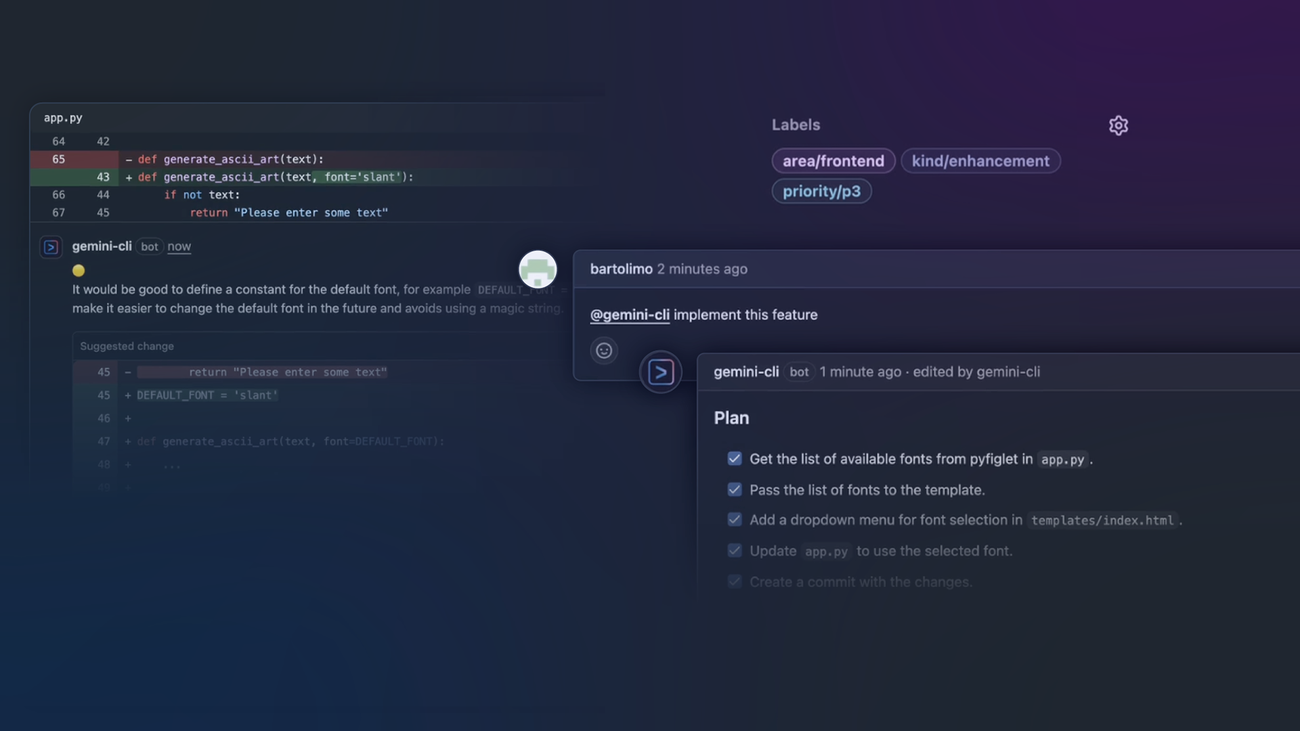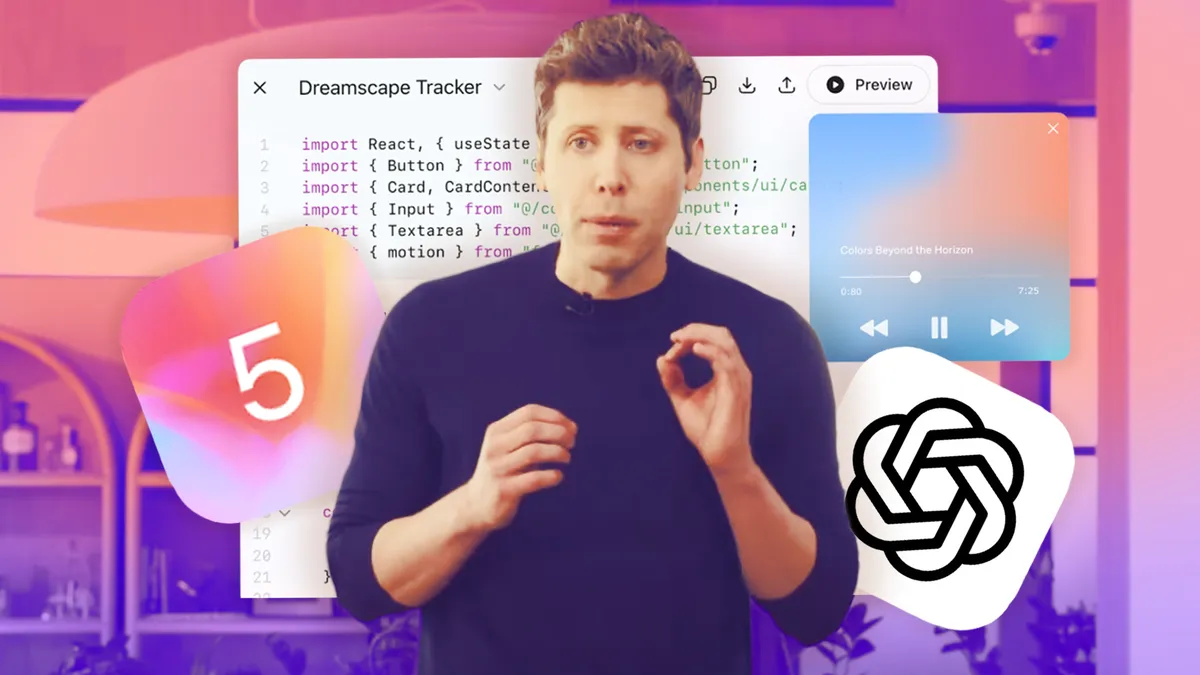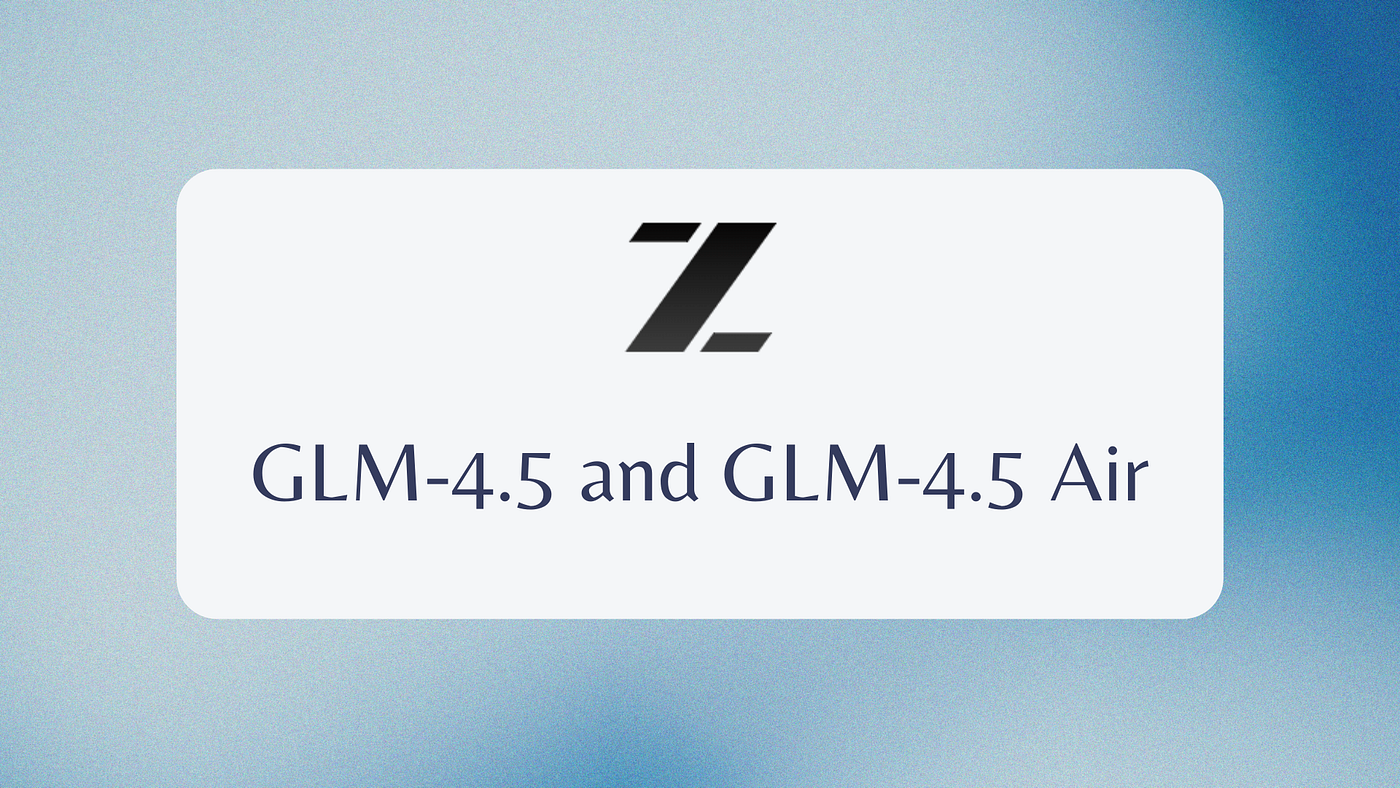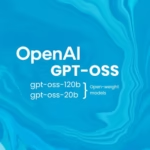The Return of Open Weights
In a move that has the AI community buzzing, OpenAI has released two new open-weight GPT models—its first openly available model weights since the release of GPT-2 in 2019. Dubbed gpt-oss-120b and gpt-oss-20b, these models arrive at a time when debates about transparency, affordability, and decentralization of AI technology are at their peak.
By publishing full model weights under the Apache 2.0 license, OpenAI is effectively handing developers, researchers, and enterprises the keys to run, customize, and fine-tune these models entirely on their own infrastructure—without the constant reliance on a hosted API.
Inside the Models: Architecture and Engineering
The engineering behind these open-weight models reveals both a focus on efficiency and competitive performance.
gpt-oss-120b
- Scale: 117 billion parameters, built on a Mixture-of-Experts (MoE) transformer design.
- Efficiency: Only ~5.1B parameters activate per token, significantly reducing the computational load.
- Context Window: Supports 128k tokens, enabling extensive document analysis and long-form reasoning.
- Attention Mechanisms: Implements sparse attention and grouped multi-query attention for speed and cost efficiency.
gpt-oss-20b
- Scale: 21 billion parameters, also MoE-based.
- Efficiency: Activates ~3.6B parameters per token.
- Lightweight Deployment: Can run on systems with 16 GB VRAM, making it viable for on-device and edge AI use cases.
This architecture strategy mirrors trends from Mistral’s MoE models and Google’s Switch Transformer, where only a fraction of parameters are active per inference—cutting costs without sacrificing model capability.
Performance: Competing with Proprietary Models
Benchmarks released by OpenAI show the 120B model matching or outperforming the proprietary o4-mini in reasoning, coding, general knowledge, and health tasks.
The 20B variant performs similarly against o3-mini in mathematics and health domains—impressive for a model that can be locally run on consumer-grade hardware.
| Model | Parameters | Memory Requirement | Benchmark Strengths |
|---|---|---|---|
| gpt-oss-120b | 117B | 80 GB GPU | Reasoning, code, general knowledge |
| gpt-oss-20b | 21B | 16 GB GPU | Math, health, efficient deployment |
Why This Release Matters
- Reclaiming Openness
OpenAI’s decision is a partial return to its founding ideals of transparency. Since GPT-3, the company had shifted toward closed API access. This release reverses that trajectory—at least for selected models. - Empowering Local AI
With full weights available, organizations can deploy AI entirely offline, which is crucial for privacy-sensitive industries such as healthcare, legal, and defense. - Market Impact
This release comes amid intensifying AI price wars, with companies like Meta (Llama 3), Mistral, and xAI pushing open-weight alternatives. OpenAI’s move raises the stakes for both cost competitiveness and adoption speed. - Research Transparency
Researchers can now study the exact behavior of these models without black-box constraints, which is essential for AI safety, bias detection, and interpretability.
Where You Can Access the Models
The open-weight GPT models are available through multiple platforms:
- Hugging Face — community-friendly distribution hub.
- Azure AI Foundry — integrates with Microsoft’s enterprise AI ecosystem.
- Windows AI Foundry — for native Windows development and deployment.
The Road Ahead: Risks and Opportunities
While the benefits of open weights are clear, this move also raises important concerns:
- Misuse Potential: As with any powerful language model, the ability to generate convincing misinformation, spam, or malicious code is increased when weights are freely downloadable.
- Compute Inequality: Even with efficiency improvements, the 120B model still demands expensive hardware—meaning “open” does not always mean “accessible” to all.
- Fragmentation Risk: With more open models, the AI ecosystem may face a proliferation of forks, making standardization harder.
However, for developers, this is an unprecedented opportunity to experiment, innovate, and push AI into new domains without vendor lock-in.
Final Word
OpenAI’s gpt-oss-120b and gpt-oss-20b represent more than just another technical release—they are a statement about the future of AI accessibility. Whether this is a strategic maneuver to keep pace with open-source competitors or a genuine step toward transparency, the models are already reshaping the conversation around what “open” means in AI.
For now, one thing is certain: the walls around high-performance language models are starting to crack, and the AI community is walking through.

